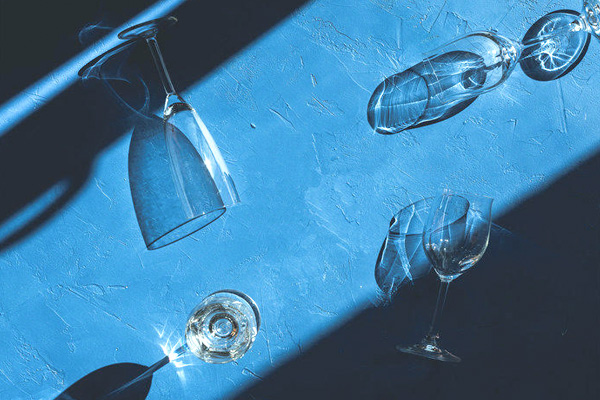Very…some –
April 8, 2020 – More than 90 days later, Lombardi is still abstaining. But she was surprised by how tough the coronavirus pandemic has made sticking to her goal. “I thought the hardest part would be navigating not drinking in situations like at bars or at work events. But honestly, the most challenging time has actually been over the last two weeks or so as I’ve been solo in my apartment,” she says. “In the moments of uncertainty where I feel a little bit sad or lonely, and when I look online and see people raising their glasses and sharing their quarantinis, it makes me second-guess [my sobriety].” … She’s far from alone. Around the world, people who are either in recovery from alcohol addiction or simply trying to drink less have found themselves up against fear about the virus itself, financial stress, and a culture that’s largely responded to COVID-19 by pouring itself a big ol’ cocktail.
How big? Moderate drinking is considered up to one drink per day for women and two drinks per day for men, according to the government’s dietary guidelines, and high-risk drinking starts at eight or more drinks per week for women and 15 or more drinks per week for men. But many people’s drinking exceeds those guidelines, and 15 million people in the U.S. have alcohol use disorder, according to the National Institute on Alcohol Abuse and Alcoholism, including 5.3 million women. But while the problem is widespread, treatment isn’t; only 8% of adults with the disorder received treatment over the past year. That is also one reason liquor stores in many states have been allowed to stay open even as other businesses close. “Abruptly limiting access to alcohol could lead to an increase in withdrawal among people with severe alcohol use disorder and add to the burden on the healthcare system,” George F. Koob, the director of the National Institute on Alcohol Abuse and Alcoholism, told Newsweek.



